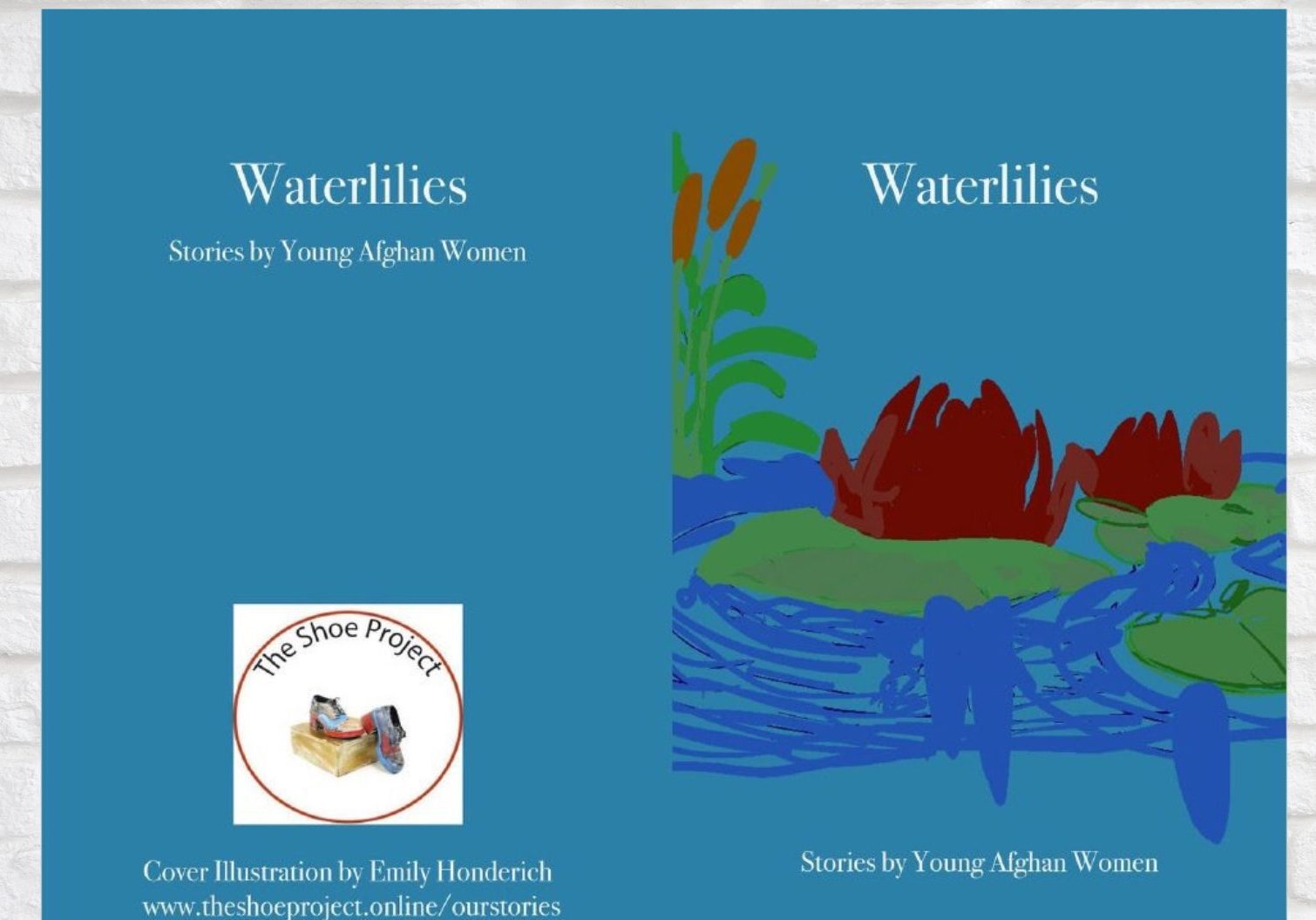Sneakers With No Laces
Sneakers With No Laces
Fahima Mohammadi
Summary:
While teaching Tae Kwan Do, a computer science student and an activist in her community in Afghanistan dreams of a peaceful life and society. She loses hope when her country falls to the Taliban. She now lives in Pakistan and wonders what is to come.
Story:
During my school years at Marefat High School, I studied Taekwondo. I began it when I saw a lot of street harassment (verbal harassment, sexual harassment) in Kabul. I faced very bad looks and heard very bad comments from men. One morning when I was walking to school, a bicycle came and hit me on the buttocks. After that, I did not dare go through empty alleys or to crowded places.
To protect myself, I decided to learn Taekwondo. Since we did not have permission to wear sneakers, I learned in bare feet.
I continued for five years until I got a simple black belt. After my graduation, I worked at Rahnaward High School as a sport teacher for two years. I taught forms, self-defence and some kicks from first grade up to ninth grade to both boys and girls. Then I started university, but I had to stop after two years because of the fall of Afghanistan. The Taliban locked all schools and universities.
All the girls of Afghanistan were disappointed and afraid of the Taliban’s laws. Many families tried to leave the country. One of them was mine. There are twelve people in my family. My five brothers are in foreign countries (three in Finland, one in Australia, and one in Switzerland). One of my other brothers got married and has an independent life. My father lost his eyesight due to diabetes, so he is not able to protect his family. My mother, my two sisters and I needed to protect him.
First, we got information about the Spin Boldak border where many people without visas go. It was our first “illegal” journey. I wore a black scarf with a dress that was red, yellow and black, which I had bought five months before. I also wore soft grey sneakers with a very thick insole and no shoelaces. They were very comfortable for walking.
Our journey lasted two days. We spent our first night with another group on a roof where it was very dark. We spent the second night in a small room. We survived on unhealthy food and water. The only things that did not hurt me were my feet in those sneakers.
They felt good on my feet while I walked and were easy to take off because they did not have shoelaces.
We had to walk to Spin Boldak on a dirt road. The first day we had no success crossing, but we made it across the border on the second day. Then we had to walk another thirty minutes to reach the waiting cars. Not only did my sneakers get soiled, but so did my face and clothes.
Finally, after six hours, we arrived in Quetta. We stayed there two months, but we couldn’t find a home. My father and sister were sick and we couldn’t find a doctor either. That was when we moved to Islamabad, and I joined a group of students. Again, I was wearing my sneakers.
I wore them maybe four times in all. They became too large for my feet. During that time, we walked a lot, and as they did not have laces, I couldn’t tighten them. So, I gave them to my younger sister. She is taller than me and her feet are bigger. She is not sporty. She likes to play the guitar and piano, but she also likes these sneakers. Now I am often in the hostel with our group, but when I go home and see my sneakers, I remember all the paths I have walked from the moment I bought them.

Fahima Mohammadi was born in Ghazni, Afghanistan. During her studies at Marefat High School, she worked for five years to achieve a black belt in Taekwando. She taught sports at Rahnaward High School before she began her university studies. After two years, her education was cut short with the Taliban’s rise to power.
Portraits: Diana Roelens | Fahima I
Acrylic on Canvas
24″ x 24″
Diana Roelens | Fahima II
Stonehenge Artist Book
30″ x 61/2″
Diana Roelens immigrated from South Africa in 2004 and currently lives in Saskatoon. She graduated in 2021 with a BFA(Hons) with High Honors from the University of Saskatchewan, where she was the recipient of several academic awards and scholarships.
As a visual artist, Diana’s work is strongly influenced by the richly diverse, often harsh environments she has lived in. She explores these landscapes and ecosystems, observing patterns and geographies through drawing, painting, paper art and installation. She has exhibited in group shows in Saskatchewan and South Africa.





